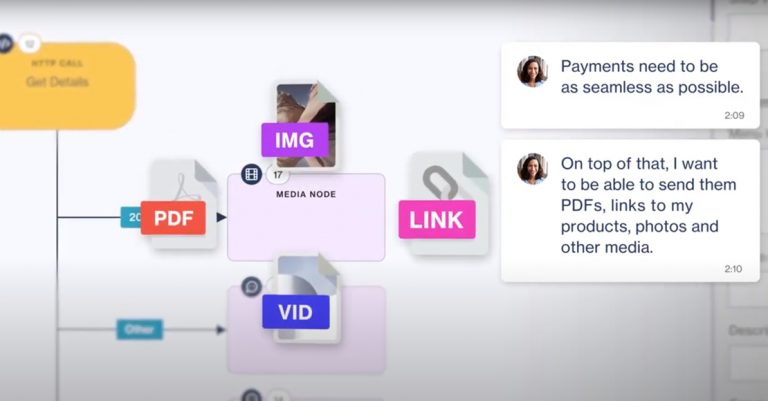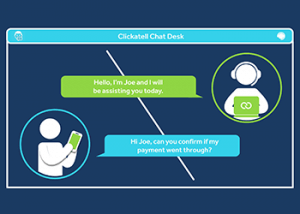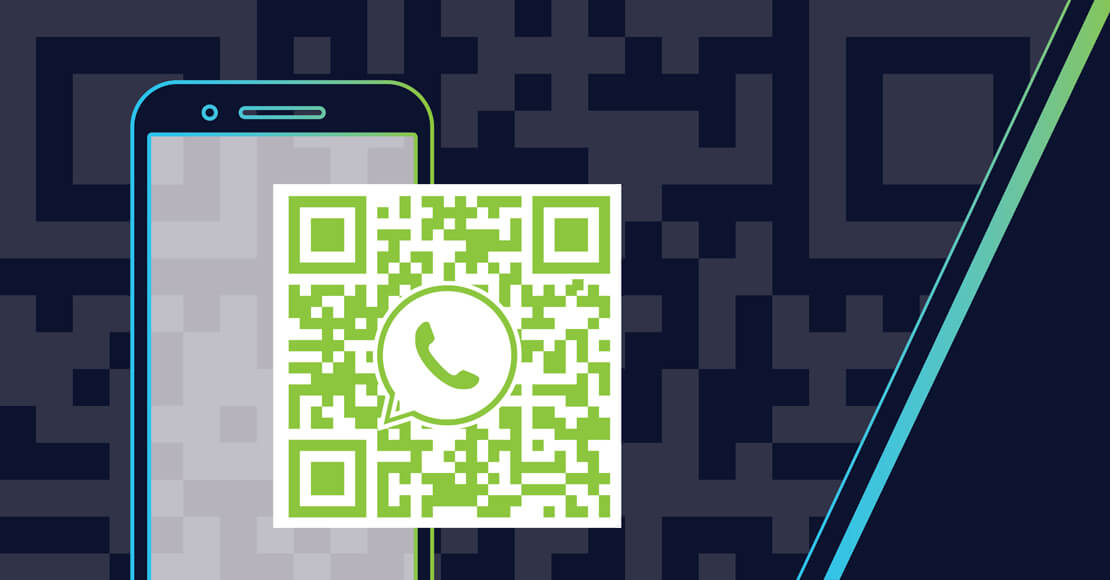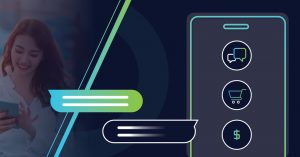The Future of Customer Success - Chat
Customer service is critical to the success of your business. Deliver a great experience, and customers will keep coming back. Fall short, and customers might very well look to your competition. Excellent customer service does not always have to mean that you have a sophisticated team of professionals ready to answer every question. In today’s mobile first world, excellent customer service means giving consumers the ability to help themselves. Customer self-service that meets the needs of today’s busy consumer often relies on advanced technologies that engage and guide people through processes without even communicating with live customer representatives. What Exactly Is Customer Self-Service? The phrase “customer self-service” can refer to any tool that helps customers get the information they need—without contacting your customer support team. Why would customers want to help themselves instead of speaking with a person? Today’s consumers want things on their time and their terms and the companies that can deliver both will thrive in the coming decade. Chat solutions are an excellent choice for customer support because they enable interactions 24/7. Consumers do not have to sacrifice time during daytime work hours to resolve return issues or ask questions – they can reach your contact center and initiate a chat communication that can be continued and resolved in minutes, hours or days (depending on their schedule they can use chat for support inquiries based on their convenience). Additionally, there is no time limit to the chat communication, no time-outs and, no dropped calls or long wait times to speak to a live agent. Forbes has recently reported that poor customer experiences cost businesses more than $75 billion each year. Businesses can struggle to provide the positive, emotion-driven experiences that today’s consumers have come to expect as a benchmark for their business. They want personalization. They expect convenience and reliability. And they want the flexibility to ask questions and make transactions on their time, and without hiccups or hassle. Most businesses today are looking to solve this challenge with innovative new technologies that connect directly with their customers in their preferred method – Chat! For those businesses willing to adopt new modern methods of engaging with their customers, it is also an opportunity to gain a serious competitive advantage. Why Customer Self-Service with Chat Is So Successful It is easy to see why so many people prefer self-service, particularly when you consider how shopping has changed. In the early 2000’s ordering a product from a company often required browsing a catalog, noting the item that you wanted to buy, and calling the sales number to place your order, waiting on hold for 30 minutes or longer. With the evolution of mobile apps, mobile technologies and the adoption of a mobile first experience, consumers want to order a product at any time of the day or night, pay for that order, receive a confirmation number and receive an estimated time of delivery. Chat commerce is a better way to serve customers—reaching them through the convenience of chat and leaving them happy after a great brand experience. Most of today’s most common support and service functions were designed and deployed before the digital age. Only 3 percent of customers enjoy using interactive voice response (IVR). How many people even enjoy the prospect of placing a call to resolve an issue, pay a bill or have a simple question answered? Estimates put the total costs to support the call center industry at $1.3 trillion . Companies can find more satisfying, streamlined approaches to solving problems. Chat commerce offers an immediate reduction in service and support spend and an investment in services that will improves business operations and brand loyalty. No longer do customers need to sit on indefinite holds, go through complicated IVR menus, and leave feeling that their time and energy is not valued. Options for Chat Self-Service You can fit a lot of features under the “customer self-service” umbrella. Some of the most popular customer self-service options include: Informative blog posts Knowledge bases Online communities where customers share advice Product training, such as videos and step-by-step instructions FAQs Chat bots can help with common services such as setting up accounts, authorizing devices, and processing returns Chat is one of the most promising customer self-service options. Chat allows for better customer engagement by putting the power in the customer’s hand, letting them start—and pause—an interaction and return when it is convenient, without losing the thread and context. It also saves time, both for your customer service agents and your customers, particularly when it handles your common requests. Chat—and even chat bots—cannot do everything, of course. It is important to find solutions that allow customers to escalate issues and connect with live customer service agents. When a conversation is complicated, a real person should enter into the conversation right away, in a way that is seamless to the customer. In some cases, a customer service rep should enter into the conversation and apply human insight that can solve a problem outside of a chat bot’s programming. An intelligent self-service solution needs to recognize that individual consumers have unique preferences. One person may prefer talking to people in a community support forum. A different person may prefer using your chat bot. Adopting a multi-channel approach to customer self-service ensures that you meet the needs of more customers. You should provide an opportunity to call for support. A lot of people aren’t willing to engage with an agent through a phone call, but there are consumers who still enjoy talking to real humans and resolve issues that are best solved via that path. Set yourself up for self-service success: Clickatell Chat Desk Clickatell’s self-service chat solution, Chat Desk , makes it easy to provide your consumers with the services they want, conveniently and efficiently. Thanks to self-service chat, customers can get the services they want 24/7 from anywhere on any device. Chat also offers instant answers to questions. Impatient customers will love how quickly they can get the help they need. Chat can fulfill a broad range of duties, such as letting customers: Check the status of their orders and delivery times. Find nearby businesses and their hours of operation. Confirm appointments. Confirm flight times and get detailed information about arrivals and departures. Clickatell’s self-service chat solutions help customers. They also help you easily, and quickly, take advantage of the trend toward self-service by helping your company: Improve customer satisfaction and retention. Broaden channel choice for consumers. Reduce call volume. Lower the amount of money you spend on customer service representatives. Give consumers more opportunities to engage with your brand. Navigate customers toward the self-service solutions that will work best for them. Optimize customer experiences by collecting data from exchanges between people and the chat bots. Chat self-service can revolutionize the way your company helps customers. Are you ready to learn more about how self-service chat bots can benefit your specific company? Reach out to Clickatell to find out how the right mix of self-service customer tools can give your company the edge.







